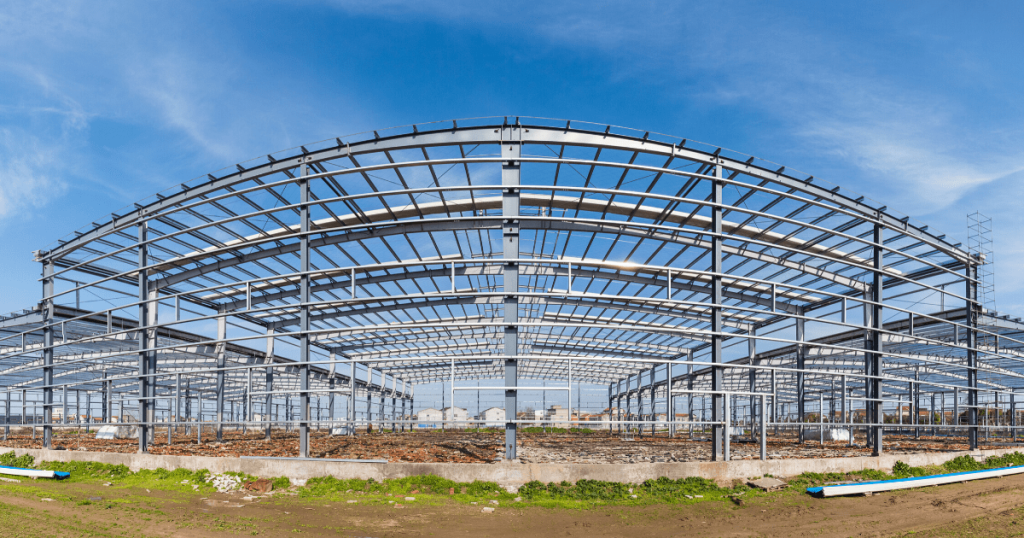Saskatchewan is a province in western Canada known for its vast prairies, natural beauty, and thriving economy. The province has over a million residents and is home to various industries, including agriculture, mining, and oil and gas. The prefab steel building market has seen significant growth in Saskatchewan in recent years. This post will explore why more people are choosing steel buildings Saskatchewan.
What are Prefab Steel Buildings?
Prefab steel buildings are pre-engineered structures made of steel components manufactured off-site and assembled on-site. These buildings can be customized to meet the customer’s needs and used for various industrial, commercial, agricultural, and residential purposes.
Why Choose Steel Buildings?
There are multiple reasons why more and more people are choosing steel structures in Saskatchewan.
- One of the main reasons is their durability. Steel buildings are incredibly strong and can withstand extreme weather conditions, including heavy snow, high winds, and earthquakes. This makes them an ideal choice for the harsh Saskatchewan climate.
- Another reason why steel buildings are becoming increasingly popular is their versatility. Steel buildings can be designed to fit any purpose, from a small storage shed to a large industrial complex. They can also be easily expanded or modified if the customer’s needs change.
- Steel buildings are also environmentally friendly. Steel is one of the most sustainable building materials available, as it is 100% recyclable and can be reused indefinitely. This means steel buildings have a much smaller carbon footprint than traditional materials like wood or concrete.
Advantages of Prefab Steel Buildings:
In addition to the benefits mentioned above, prefab steel buildings offer several advantages over traditional construction methods.
- Construction Speed: One of the main advantages is their speed of construction. Since the components are manufactured off-site, prefab steel buildings can be erected much faster than traditional buildings, saving time and money.
- Cost-effective: Prefab steel buildings are also incredibly cost-effective. The components are manufactured in a controlled factory environment, meaning there is little waste and no need for expensive on-site material storage. This, coupled with the speed of construction, means that prefab steel buildings can be built for a fraction of the cost of traditional buildings.
- Low maintenance: Prefab steel buildings are also very low maintenance. Unlike traditional buildings, steel buildings do not require painting, sealing, or other maintenance tasks. This means that they are a cost-effective and hassle-free building solution.
- Energy Efficiency: Steel buildings are naturally energy efficient. They have excellent insulation properties and can be designed with energy-efficient features such as solar panels or a reflective roof coating. Over time, this can lead to substantial cost savings on heating and cooling bills.
- Fire Resistant: Steel is a non-combustible material, meaning steel buildings naturally resist fire. This can be especially important for commercial or industrial buildings where fire safety is a top priority.
- Design Flexibility: Prefab steel buildings offer various design options, from traditional to modern styles. They can also be customized to fit specific size and layout requirements, making them versatile building solutions for various applications.
Conclusion:
As the demand for fast, cost-effective building solutions continues to grow, more and more people in Saskatchewan are turning to steel buildings in Saskatchewan. With their versatility, durability, and lower maintenance requirements, steel buildings offer a range of benefits that traditional building materials cannot match. If you are considering a new building project in Saskatchewan, consider a prefab steel building solution.

